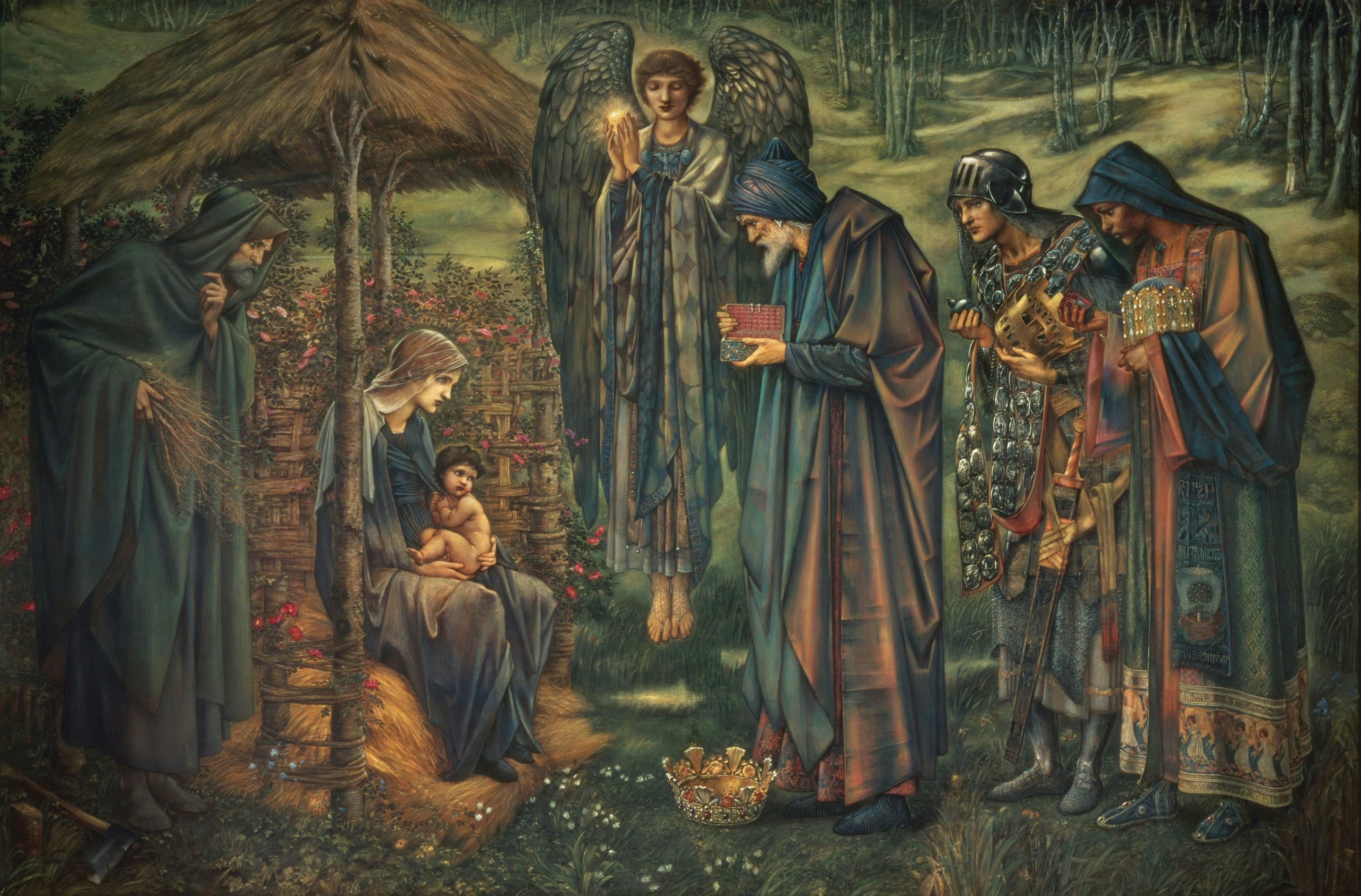
The Power of Stories
- Posted by Kristy Henriques
- Categories Education, Instruction
- Date December 11, 2024
I have always considered myself a storyteller. As a child, I wrote short stories, poems, and enlisted my siblings to participate in the plays I wrote and directed. People are hardwired to tell stories and those stories connect us to each other and the past. For centuries, oral stories were the primary way of passing down impactful moments, historical events, and traditions.
In a 2018 brief published by Harvard Business Publishing “A story does what facts and statistics never can: it inspires and motivates. Expert storytellers translate complex ideas into practical examples laced with strong emotional connections. The audience tunes in because they see themselves woven into the story… When a good story is being told, listeners are not only engaged, they’re also involved—both in head and heart.”
Simply said, a story communicates emotion and allows people to understand things in a new way. We each have our own story and by connecting the head and heart through storytelling, we can better understand one another.
Storytelling from a historical viewpoint
While some may have a greater gift of storytelling than others, it has always been ingrained across cultures, though not necessarily through text. For our ancestors, the ability to read and write was often a luxury. Instead, previous generations relied on oral stories to share important traditions, history, legends, and wisdom – passing them down from one generation to the next.
This can be seen throughout different cultures and religions. The Haggadah, a Jewish text which provides a framework for the Passover celebration, or Seder. Each element of the Seder is a way of retelling the story of the exodus of Jews out of Egypt. In many cultures, tracing the family lineage is seen as essential and a way not just to pay homage to patriarchs and matriarchs, but also in understanding one’s ancestral story.
Christian history is rich with storytelling, and we see in the book of Mark how most of the words Jesus spoke to the people were in parables – short stories meant to convey a deeper meaning. One of the most powerful examples of Jesus using storytelling through parables is the Parable of the Good Samaritan (Luke 10:25-37). In this parable, Jesus tells the story of a man who was beaten, robbed, and left for dead on the side of the road. A priest and a Levite both passed by without helping, but a Samaritan—whom the Jews of the time would have viewed with disdain—stopped, cared for the man, and ensured he received further help.
[Jesus] uses a story that is easy to understand, with relatable characters and a straightforward narrative, to challenge His listeners’ assumptions and teach about the inclusive love of God, which extends beyond cultural boundaries and prejudices.
Through this simple yet profound story, Jesus communicates deep lessons about compassion, mercy, and neighborly love. He uses a story that is easy to understand, with relatable characters and a straightforward narrative, to challenge His listeners’ assumptions and teach about the inclusive love of God, which extends beyond cultural boundaries and prejudices. Jesus’ use of parables like this one allows him to convey profound spiritual truths in a way that engages the listener’s mind and heart, inviting them to see the world from a new perspective and live according to God’s higher standards.
In our digital world, storytelling has evolved to take on a broader and more dynamic meaning. While traditional oral storytelling persists, passed down through families and communities, new forms have emerged that integrate technology and modern communication. Movies, podcasts, social media, and even video games have become powerful storytelling mediums, offering opportunities for creators to connect with audiences on a much larger scale. These platforms allow for a more immersive experience, where stories can be shared not only through words but also through visuals, sounds, and interactive elements.
Moreover, storytelling has become an essential tool for brands and organizations. Companies now craft narratives around their products and services, using stories to connect with consumers on an emotional level. Through storytelling, brands can create experiences that resonate deeply, making consumers feel personally involved with the brand’s mission, values, or purpose. Whether through social media posts, branded content, or even customer testimonials, organizations use storytelling to forge lasting relationships, build trust, and engage audiences in ways that facts and statistics alone cannot. In this new era, storytelling is no longer just about recounting events—it’s about creating shared experiences that inspire, entertain, and drive action.
The Story of Jesus: The Ultimate Narrative
As we reflect on the power of storytelling, especially during this season of Advent, we turn our focus to the most transformative story of all—Jesus’ birth. For Christians, the greatest story ever told is that of His birth, death, and resurrection. It’s a story of God’s love for the world—a love so immense that God sent His only Son to die for our sins so that we might have eternal life (John 3:16). This narrative has shaped history and continues to transform lives.
In the Gospel of Luke, we are given a particularly rich and detailed account of Jesus’ birth. It is here that we encounter the story of Zechariah and Elizabeth, Zechariah’s Prophecy (often referred to as the Benedictus), Mary’s encounter with Gabriel, and Mary’s beautiful hymn of praise (the Magnificat). These elements not only bring depth to the narrative but also provide us with a deeper understanding of God’s plan unfolding in the world.
Not only can stories provide a sense of warmth and connectedness, but Joshua D. Chatraw writes, “Telling smaller stories that reflect a larger worldview story can shake people out of their culture’s false narratives and help them see the beauty and goodness that leads to truth.” At its heart, the story of Jesus’ birth and His resurrection are more than historical events—they are living stories that connect with our hearts, minds, and souls, offering hope and redemption.
Storytelling in Christian Education
Storytelling is also a powerful tool in education, especially within a Christian context. Parents and educators can emulate Jesus by using storytelling to engage students and help them see how biblical truths apply to their lives. Whether it’s exploring the nativity story at Christmas or reflecting on the resurrection at Easter, these stories go beyond teaching history—they invite students to experience the joy, clarity, and rest found in Jesus.
In a Christian educational setting, storytelling transcends the boundaries of mere history lessons. Take, for example, the nativity story at Christmas or the resurrection at Easter—these aren’t just events to be memorized; they are transformative narratives that invite students to experience the hope, joy, and redemption found in Christ. These stories provide a framework for understanding who we are in relation to God, offering a foundation for faith and spiritual growth. Through storytelling, students are not just learning about past events but are drawn into a narrative that shapes their identity in Christ.
As Harvard Business Publishing explains, stories have the unique ability to translate complex ideas into something more relatable and emotionally resonant. They help make abstract or challenging concepts tangible. In the context of Christian education, this means weaving biblical truths into stories that make faith feel personal, immediate, and relevant. When educators share stories from Scripture or testimonies of faith, they create an environment where students can see themselves as part of a larger, divine story—a story in which they are valued, loved, and called to purpose. Through these shared narratives, Christian educators help students understand their place in God’s story, fostering a sense of belonging, clarity, and direction that goes beyond the classroom and into everyday life.
Take, for example, the nativity story at Christmas or the resurrection at Easter—these aren’t just events to be memorized; they are transformative narratives that invite students to experience the hope, joy, and redemption found in Christ.
Celebrating the Greatest Story
This Christmas, we are reminded of the power of storytelling to inspire faith, connect hearts, and transform lives. Whether through recounting the nativity, sharing personal testimonies, or teaching through parables, storytelling remains a timeless way to communicate God’s love.
At Sevenstar, our mission is to guide students in aligning both their minds and hearts on a firm foundation, rooted in education and spiritual truth. We are dedicated to using education to inspire and reflect the light of Christ. As we celebrate the birth of Jesus, we rejoice in the opportunity to share His story with the next generation, inviting them to become part of the greatest story ever told.
Footnotes
Vanessa Boris & Lani Peterson, Telling Stories: How Leaders Can Influence, Teach, and Inspire (Harvard Business Publishing, 2018), 1.
Joshua D. Chatraw, Telling a Better Story (Zondervan, 2020), 49.



